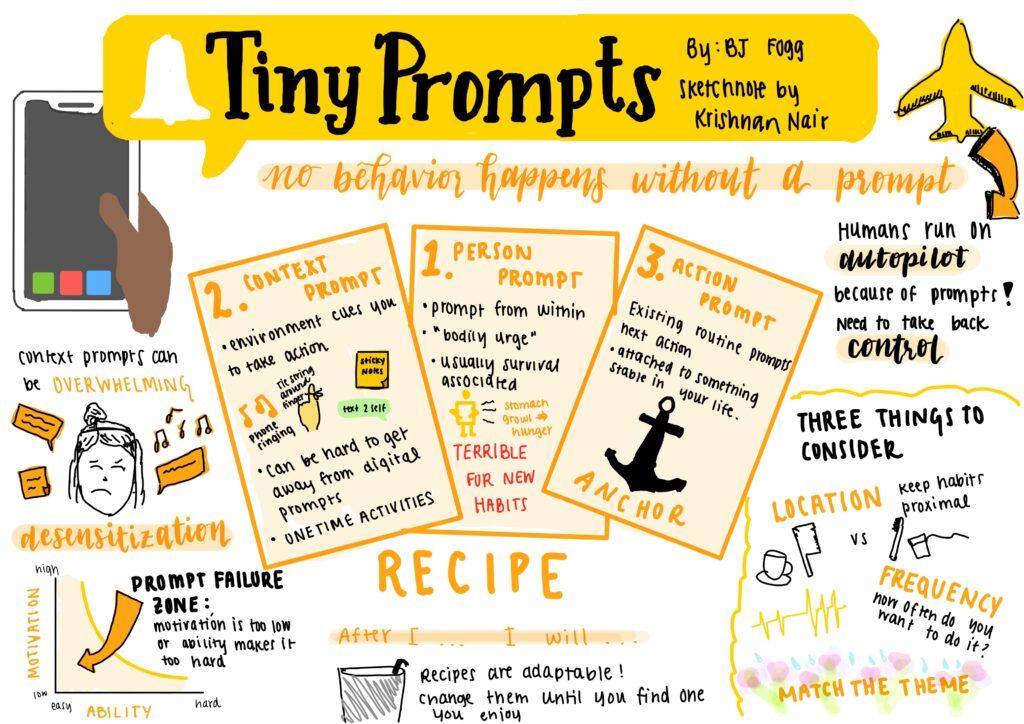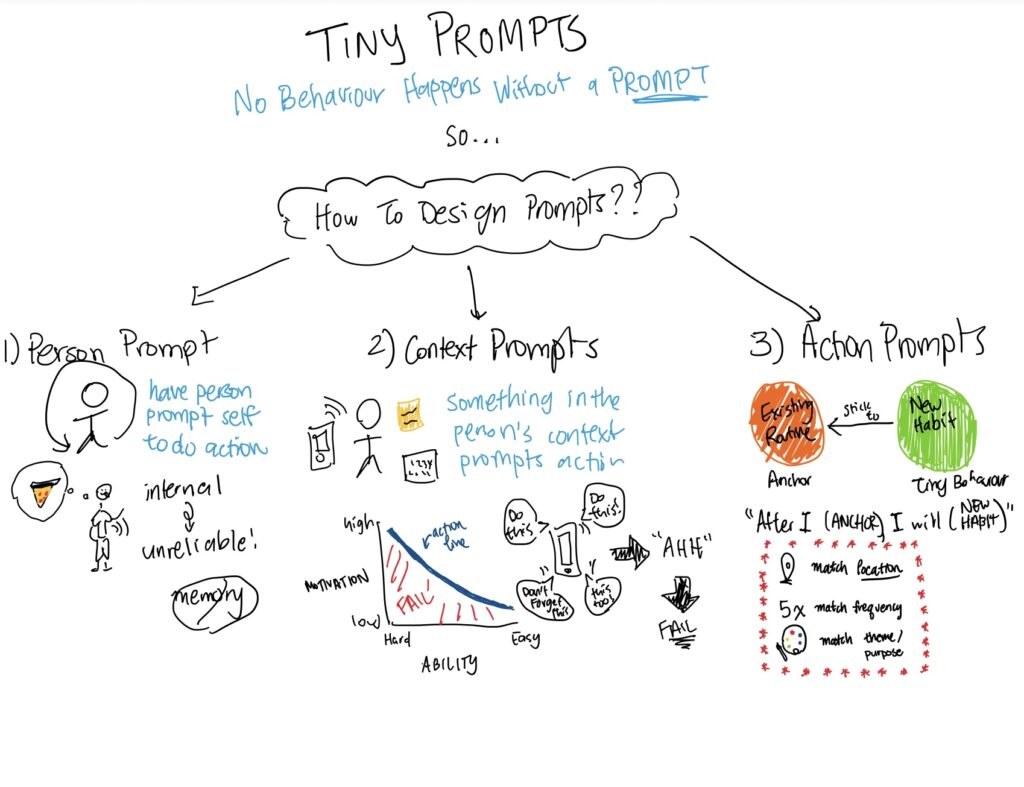Top 3 Ideas
- App Blocker: Users have to read for 10 minutes before using TikTok/Instagram/preferred social media. We felt that this idea stood out because in our interviews, we listened to strong sentiments that users felt too attached to social media. Many people have social media time limits or blockers, but these most blockers are more static in that they don’t directly encourage users to engage in a specific productive activity such as reading. We wanted to introduce a strong nudge towards reading with this idea, in addition to fighting the temptation of social media. Some pros are that the user would likely interface with this intervention multiple times a day as most users use social media multiple times a day; when users are opening a social media app they presumably have at least a few minute of time that they can use to read, and that not only is this intervention encouraging users to read, it is also discouraging the harms of social media usage. Some cons are that users might find ways around the intervention such as using social media on their computer instead of their phone, and there are no explicit “rewards” built into the intervention, so it doesn’t take advantage of positive reinforcement.

- App Switcher: Users are automatically switched to the reading app when trying to use TikTok/Instagram/preferred social media. This idea stood out to us similarly to the App Blocker, as in our interviews we felt that users felt that they were on social media too much and that it could even act as a distraction from reading. Our logic for this intervention was also similar to that of the App Blocker, as in the case that a user tries to open Instagram, this shows that they have a little bit of time to read that could be taken advantage of by this intervention. We also were thinking about how we discussed in class that we shouldn’t view users as lazy, but should instead view them as overwhelmed. With this intervention, we tried to brainstorm a way that users could be encouraged to read with as little effort as possible. Some pros are that this intervention takes very little effort from the user, it would happen when the user already has time to read, and it would have the added benefit of drawing the user away from social media. Some cons are that there are not any specific reward mechanism, and that users might get annoyed and stop with the intervention because at the end of the day it is of course voluntary.

- Calendar: Reading time is put into users’ calendars when there are free blocks in their schedules. This intervention also came about when thinking about viewing users as overwhelmed instead of lazy; in many of our interviews, users cited feeling stressed and that they were just so busy every day that it was hard to find time to read. We came up with this intervention to minimize the effort users had to make in order to plan time in their schedules to read. This allows users to just look at their calendar and see that there is reading time scheduled, which would hopefully encourage them to read. Some pros of this intervention are that it works with the user’s schedule and not against it, and the user could interface with it multiple times a day and multiple days a week. Some cons of this intervention is that it doesn’t address distractions such as social media, and it doesn’t directly affect users’ time management.

Intervention Study: App Switcher
In our Intervention Study, we will focus on the App Switcher intervention. To simulate the App Switcher experience, we will ask users to download a book they want to read onto the Books app on their phone. Then, every time the user opens a social media app, they should immediately swipe out of the app and onto the Books app on their phone and start reading instead.
The questions we will ask in our Intervention Study are:
Name?
Which day of the study is this?
Reading session:
- Start time
- End time
- Location
- If not due to the App Switcher simulation, describe your motivation to read
- Did you feel an urge to use social media after reading?
- Medium of the reading (physical book, digital/ebook, physical article/magazine, digital article/magazine/journal, other)
Reading obstruction:
- Time
- Location
- Describe your motivation to read
- Describe why you weren’t able to read
- If you were about to open a social media app, did you actually use the app instead of switching immediately to the Books app?
Data Collection Plan:
We will send out a Google Form with the Intervention Study to the participants at the beginning of the study, and ask them to log their reading sessions and/or reading obstructions. We will use the resulting Google Sheet with aggregated data to filter for person and day while doing our analysis. Every day of the study, we will send a reminder email to the study participants for additional security.
Intro Email:
Dear [ ___ ],
Thank you so much for agreeing to participate in our intervention study on reading habits and behaviors for CS247B. In this email, you will find a discussion guide that contains information about how to answer the questions in our study. If you have any questions or concerns, please do not hesitate to reach out. Thank you so much for your participation!
Best,
Introduction Doc:
The purpose of this study is to understand if and how our intervention, App Switcher, will change participants’ reading and social media behavior. In order to simulate the App Switcher experience, we will ask participants to download a book they want to read onto the Books app on their phone. Then, every time the participant opens a social media app, we will ask them to immediately swipe out of the app, open the Books app on their phone, and start reading instead.
Our goal is to find participants who have a desire to read more and to help these participants build a habit of reading into their day to day lives. To do so, we are enlisting research participants to track their reading habits in the context of our intervention, App Switcher, in a journal over the course of 4 days to understand how App Switcher influences users’ motivations and actions surrounding reading and social media.
We are looking for participants who want to reduce their time on social media while simultaneously reading at a higher rate. We want our participants to commit to the full 4 days of the study, and respond with honesty and thoughtfulness.
If you are interested in being a participant, please reach out to _______ to join.
Discussion Guide:
As a participant in our study, we ask that you choose a consecutive four day time span to fill out a guided journaling exercise in the form of a Google Form. For each day, we have outlined two sections detailing a) a “reading session” and b) a “reading obstruction”. For part a), we ask that you fill this out either when you experience inner motivation to read and thus spend time reading, or when you try to open a social media app and thus open the Books app on your phone and start reading, in line with the App Switcher experience. The information logged should include the start time and end times of the session, the location where the reading took place, the medium being read from (i.e. book, magazine, online publication), the participant’s motivations for reading, if they felt an urge to use social media after reading, and a detailed description of what the participant read. For part b), we are asking for details surrounding a moment of “obstruction,” or a moment when a participant wanted to read but found they were unable to. For this portion of the journal, we want participants to record the time and location of when this moment occurred, the motivation behind why they wanted to read, the cause of the obstruction, and if they were about to open a social media app, if they actually used the app instead of switching immediately to the Books app. These two parts should be filled out for each day of the 4-day logging period, for as many times as is necessary. Again, we ask that participants provide honest and accurate information. Thank you so much for enlisting in our study!
Closing Email:
Dear [ __ ],
Thank you for your time and willingness to participate in our Intervention Study on reading and behavior change. We are so grateful for the insight and thoughtfulness of your answers, and we really appreciate your help.
All the best,




Comments
Comments are closed.